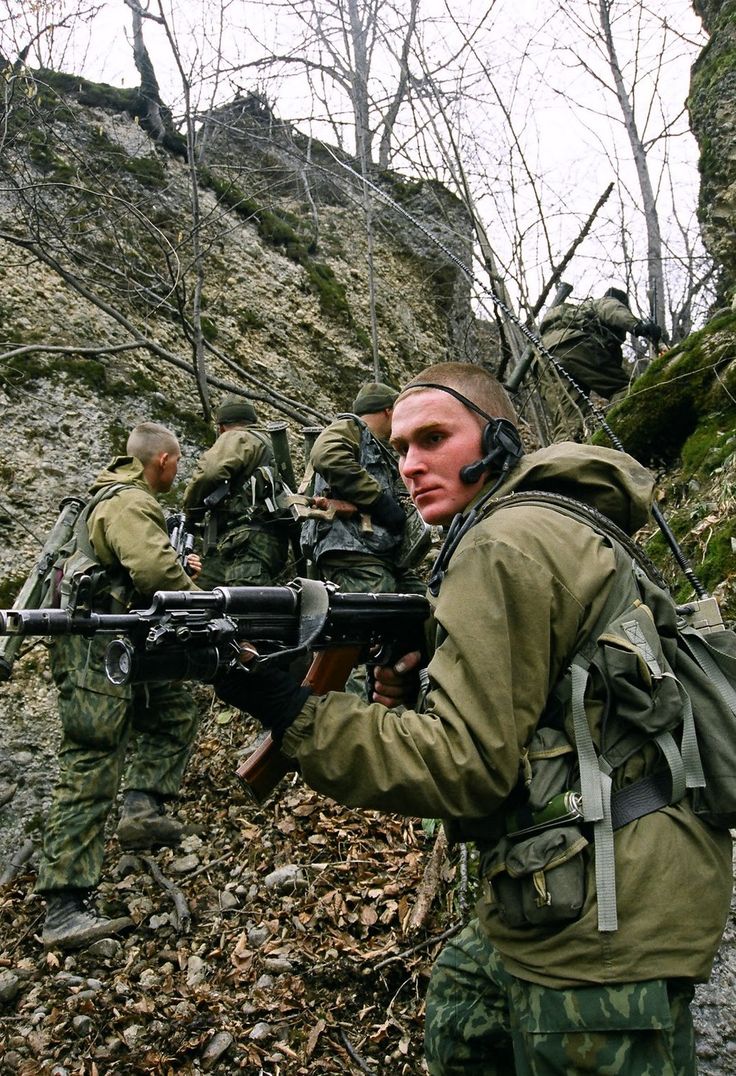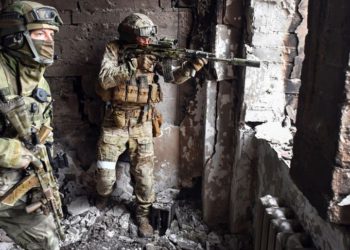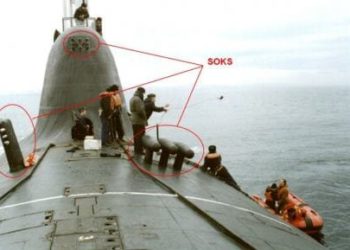Height 776 in Chechnya : 6th Company’s last stand. August 1999 marked the start of the second Chechen war. The first Chechen war of 1994-1996 had ended in humiliation for Russia. Its armed forces had not yet recovered from the fall of the USSR. Leadership was poor, skill sets and experience had been lost, hardware was worn out or inadequate and troops were poorly paid, poorly equipped and poorly led.
A De-Facto independent Chechnya was not only a humiliation for Russia, it was also a bad example that other wannabe breakaway Russian republics could follow. Furthermore, Chechnya was a failed state, its main source of income was kidnapping and ransoming. Soon violence spilt outside the Chechen borders. Moscow had to intervene. The opening stages of the war were conventional and Russian troops had the advantage. After a winter siege, Grozny, the rebel capital, fell.
The Chechen fell back into the mountainous area of Southern Chechnya and an insurgency / counter-insurgency type of war raged on.
By late February, The Russians spotted a large concentration of Chechen rebels near the town of Ulus Kert. They devised a plan that was to see Airborne troops push the rebels deeper into the mountains while smaller groups of paratroopers would be inserted behind the Chechen position, blocking their retreat and technically speaking, encircling them. The pocket would then be reduced by artillery and air attacks.
As for the Chechens themselves, they wanted to retreat through the mountains and straight into Dagestan. Where they would have a better defensive position.
On the 29th of February, a company of paratroopers occupied the ground it was supposed to defend and broke out for lunch without setting up a proper perimeter or conducting deep reconnaissance around its position. A perimeter patrol stumbled upon Chechen insurgents that engaged it straight away. The rebels were supported by combat elements and quickly seized the initiative. The paratroopers of 6th Company retreated up a hill and dug in. The battle for Height 776 had started. Very quickly, the Russian company was encircled and waves upon waves of Chechens assaulted their positions. The Russian resisted at a cost of over 30 dead: They had lost just over 30% of their combat strength in the first day of the battle.
On the 1st of March, nearby VDV troops tried to break through to 6th company position on Height 776 but were repelled by Chechen forces or set upon in ambushes. Only one platoon of paratroopers managed to make it to the top of the hill, reinforcing the company.
The battle raged on, when the commanding officer of 6th company lost his legs to mortar fire, another officer took over. Both sides were engaging each other at very close quarters and the fighting was extremely violent and intense. The odds were against the Russians, though and at some point, the Chechens managed to break through their perimeter. Hand to hand combat ensued. 6th company’s officer, seeing the situation was getting desperate took to the radio and ordered an artillery strike on his own position. The Chechens finally retreated. The company was now down to 1/3 of its initial strength and many men who had survived were wounded.
As the third day dawned on Hill 776, it was only held by one officer and 32 men. The officer ordered the 6 youngest members of the company to try to break out and escape. They did so just as another Chechen human wave assaulted the height. The company commander then called artillery support on his own position once again.
The company resistance went on until the following morning when they were finally overran. Each man fighting to the death in gruesome, personal combat. The only survivors were the 6 young conscripts the commander had ordered to escape just before the battle. They were picked up the following day by a Russian relief force.
The battle for height 776 and its immediate surroundings cost the Russian 84 men including almost all of the 6th company. The Chechens lost 400 men in their frontal attacks against a resolute opponent supported by artillery.
As a conclusion, we can say that the battle for height 776 demonstrated many shortfalls as well as brilliance inherited from the Soviet era:
- Strategically, the idea of using small mobile units to block the retreat path of an enemy pushed in that direction by a larger force was brilliant. It is also typical of Soviet doctrine to always try to out-manoeuvre its opponent, keeping it unbalanced and encircling it. The idea to create a pocket then reduce it with air and artillery power to reduce casualties on the Russian side was also a good move.
But…
- The loss of skills caused by the disintegration of the USSR was still being felt. A good strategic idea had been ruined by tactically inept commanders on the ground. This led to poor initial leadership, poor reconnaissance, poor deployment and poor executions. The Russian troops on the ground did not know the exact whereabouts of the Chechen forces, nor did they know its combat strength. They did not possess the necessary intelligence / information to give them a clear picture of what was going on around them nor did they deploy deep reconnaissance missions to try and break through the fog of war and gain a better situational awareness.
In the end, it was left to individuals on the ground to make a difference. Those paratroopers showed great courage and doggedness, fighting to the end and daringly calling in artillery strikes on themselves several times to repel the enemy.
The Chechens also committed grievous mistakes on the ground. The local Chechen leaders fell victim to a serious case of tunnel vision, focussing on one single company holding a hilltop rather than pushing on through the mountains to try and make it to Dagestan as was their initial plan. Instead, by losing 4 days trying to take the Russian position, they lost a fair amount of men but most importantly, they lost time and the initiative, enabling the main Russian force to catch up with them and corner them. Those assaults to try and take Height 776 were costly. So were the several skirmishes around the area trying to hold the Russian reinforcements from reaching their colleagues up the hill and the battle that ensued when the main body of the Russian forces caught up with them. Tired and demoralised, several Chechen commanders surrendered with their men in the days that followed the battle.
In that regards, 6th Company fulfilled its mission : They bravely blocked the Chechens means of retreat.









